Home>diy>Architecture & Design>What Design Should My House Have
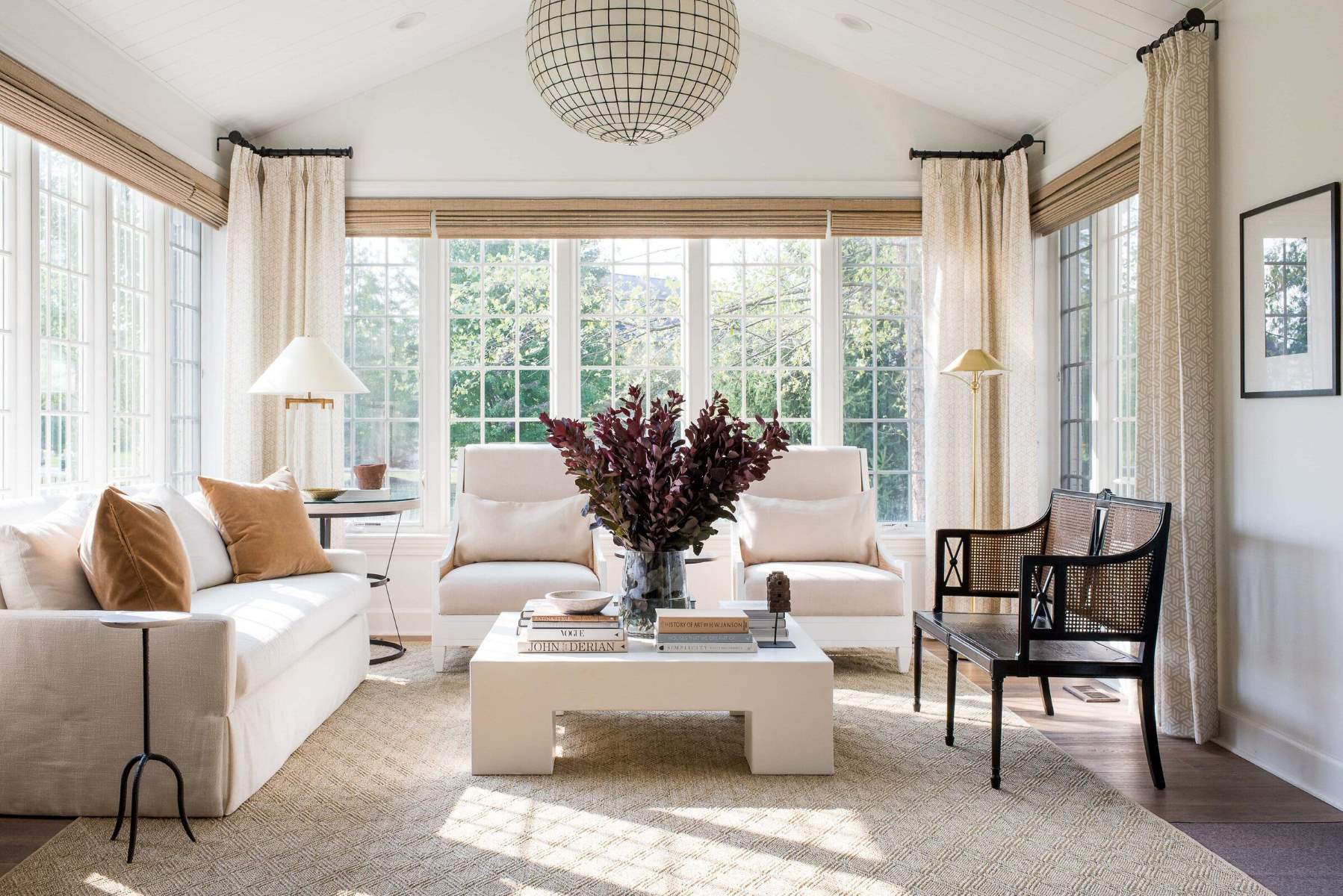

Architecture & Design
What Design Should My House Have
Modified: January 19, 2024
Discover the perfect architecture design for your house. From modern to traditional, find inspiration and guidance on creating the ideal design for your dream home.
(Many of the links in this article redirect to a specific reviewed product. Your purchase of these products through affiliate links helps to generate commission for Storables.com, at no extra cost. Learn more)
Introduction
When it comes to building or renovating a house, the design plays a crucial role in creating a space that is not only visually appealing but also functional and comfortable. The design of a house is like the blueprint that dictates the layout, style, and overall feel of the space. It encompasses various elements such as the architectural style, layout, exterior and interior design, color scheme, lighting, and furniture. Good house design not only enhances the aesthetic value of the property but also enhances the quality of life for its occupants.
Whether you are working with an architect or designing your house yourself, it’s important to have a clear vision of what you want to achieve with the design. Taking into consideration your lifestyle, preferences, and the needs of your family, you can create a design that reflects your personality and meets all your requirements.
This article will explore the importance of house design and provide valuable insights into the various factors to consider when designing your dream home. From choosing the right architectural style to creating a functional floor plan and selecting the perfect color scheme, we will cover all the essentials of house design. So, let’s dive in and discover what design your house should have.
Key Takeaways:
- Designing a house involves considering factors such as functionality, aesthetics, and personal lifestyle to create a visually appealing and comfortable living space that reflects individuality and enhances overall quality of life.
- Attention to detail in architectural style, layout, color scheme, materials, lighting, furniture, and outdoor spaces is crucial for creating a cohesive and visually pleasing house design that reflects personal style and enhances the overall ambiance.
Read more: What Should A Living Room Have
Importance of House Design
The design of a house is not just about creating a visually appealing space; it plays a crucial role in enhancing the overall functionality and comfort of the home. Here are some reasons why house design is of utmost importance:
- Functionality: A well-designed house ensures that every square inch of space is utilized effectively. Designing a functional layout and floor plan allows for smooth movement and easy navigation within the house. It takes into consideration the placement of rooms, storage areas, and other essential elements to ensure convenience and efficiency in daily activities.
- Aesthetics: A beautifully designed house is a reflection of your personal style and taste. It creates a welcoming and pleasant atmosphere, making you feel proud of your home. The architectural elements, exterior design, and interior decor contribute to the overall aesthetics, making your house visually appealing and visually satisfying.
- Comfort: A well-designed house prioritizes the comfort and well-being of its occupants. The layout and furniture arrangement are carefully planned to optimize comfort and create a cozy ambiance. Considerations such as lighting, ventilation, and insulation are taken into account to ensure a comfortable living environment in all seasons.
- Value: A thoughtfully designed house adds value to your property. Aesthetically pleasing and functional homes have higher market appeal and are more likely to attract potential buyers if you ever decide to sell. Additionally, good design helps future-proof your house, allowing for flexibility in adapting to changing needs and trends.
- Efficiency: Sustainable design principles can significantly improve the energy efficiency of a house. Smart use of natural light, effective insulation, and efficient HVAC systems reduce energy consumption and lower utility bills. By incorporating environmentally friendly design practices, you not only save money but also contribute to conserving resources and reducing carbon footprint.
Considering these factors, it becomes evident that house design is not just a matter of aesthetics but also functionality, comfort, value, and efficiency. Investing time and effort into designing your house can result in a space that not only looks beautiful but also enhances your quality of life.
Factors to Consider in House Design
Designing a house involves careful consideration of various factors to create a space that suits your needs and preferences. Here are some key factors to keep in mind when planning your house design:
- Lifestyle: Your house design should align with your lifestyle and daily activities. Consider factors such as the number of occupants, their ages, and any specific needs or hobbies that require dedicated spaces. For example, if you work from home, you may need a designated home office or a quiet area for concentration.
- Site and Orientation: The location and orientation of your house play a crucial role in the design. Take into account factors such as sunlight exposure, prevailing winds, and views. Orienting the house to make the most of natural light and ventilation can enhance energy efficiency and create a comfortable living environment.
- Space Planning: Efficient space planning involves optimizing the layout and flow of your house. Consider the arrangement of rooms, the placement of doors and windows, and the overall circulation within the space. Creating distinct zones for different activities and ensuring smooth movement between them is essential for a functional design.
- Architectural Style: The architectural style sets the overall look and feel of your house. Research different styles and choose one that resonates with your taste and the surrounding neighborhood. Whether it’s modern, traditional, minimalist, or eclectic, the architectural style should be cohesive with your overall design vision.
- Budget: Establishing a realistic budget is crucial for your house design project. Consider the cost of materials, labor, and any additional expenses such as permits and inspections. Prioritize your spending based on your needs and allocate funds to areas that will have the most impact.
- Functionality and Ergonomics: Ensure that your house design focuses on functionality and ergonomics. Consider the placement of utilities, storage solutions, and ease of use. Pay attention to the dimensions of rooms and furniture to ensure comfort and functionality in everyday activities.
- Sustainability: Incorporating sustainable design principles can benefit both the environment and your finances. Consider energy-efficient systems, eco-friendly materials, and water-saving features. Implementing green design strategies allows you to reduce your carbon footprint and create a healthier living environment.
- Future Needs: Anticipating future needs is essential in house design. If you plan to expand your family or have aging parents living with you, consider flexible spaces and accessibility features. Designing with adaptability in mind allows your house to evolve as your needs change over time.
By considering these factors, you can create a well-designed house that caters to your lifestyle, is visually appealing, and meets your specific needs. Keep in mind that house design is a personal journey, and it is important to strike a balance between functionality, aesthetics, and practicality.
Architectural Styles
Choosing the right architectural style for your house is an important decision as it sets the overall look and feel of your home. Various architectural styles have emerged over the years, each with its own unique characteristics and influences. Here are some popular architectural styles to consider:
- Modern: Modern architecture, also known as contemporary architecture, is characterized by clean lines, minimalism, and an emphasis on open spaces and natural light. It often utilizes materials like glass, steel, and concrete to create a sleek and streamlined aesthetic.
- Traditional: Traditional architecture encompasses various classic styles, such as Colonial, Victorian, or Tudor. These styles are characterized by symmetry, ornate details, and a sense of timeless elegance. Traditional architecture often features pitched roofs, decorative elements, and intricate craftsmanship.
- Transitional: Transitional architecture combines elements of both modern and traditional styles. It strikes a balance between contemporary simplicity and classic detailing. This style often features a mixture of materials, such as stone and wood, and incorporates neutral color palettes.
- Mediterranean: Mediterranean architecture is inspired by the coastal regions of Spain, Italy, and Greece. It features stucco exteriors, red roof tiles, and arched windows and doorways. Mediterranean-style houses often have courtyards, terraces, and vibrant outdoor spaces.
- Craftsman: Craftsman architecture focuses on natural materials, handcrafted details, and a connection to the surrounding environment. It often showcases exposed beams, stone accents, and deep porches. Craftsman-style houses promote a sense of warmth, simplicity, and craftsmanship.
- Mid-Century Modern: Mid-century modern architecture emerged in the mid-20th century and is characterized by clean lines, open floor plans, and integration with nature. It often features floor-to-ceiling windows, flat roofs, and a combination of natural and industrial materials.
These are just a few examples of architectural styles. Each style carries a distinct aesthetic and evokes different emotions. Consider your personal preferences, the surrounding context, and your desired ambiance when selecting the architectural style for your house. It’s also important to ensure that the chosen style harmonizes with the overall design vision for both the interior and exterior of the house.
Collaborating with an architect or designer can be beneficial in choosing the architectural style that best suits your vision and requirements. They can provide expert guidance and help you create a cohesive and visually stunning design that reflects your individuality and stands the test of time.
Layout and Floor Plan
The layout and floor plan of your house are fundamental components of its design. They determine how the spaces are organized and how they flow together. A well-designed layout and floor plan optimize functionality and create a comfortable living environment. Here are some considerations for designing the layout and floor plan of your house:
- Open Concept vs. Defined Spaces: Consider whether you prefer an open concept layout, where rooms flow seamlessly into one another, or defined spaces with separate rooms for different functions. Open concept layouts create a sense of spaciousness and promote social interaction, while defined spaces provide privacy and allow for different activities to take place simultaneously.
- Room Placement: Think about the placement of rooms in relation to one another. Designate areas for quiet and private activities, such as bedrooms and home offices, away from high-traffic areas or noisy spaces like the living room or kitchen.
- Functionality: Create a layout that supports the functionality of your lifestyle. Consider how you and your family use the different spaces in the house and arrange them accordingly. For example, place the laundry room near the bedrooms for convenience or allocate a mudroom near the entrance to store shoes and jackets.
- Natural Light: Maximize natural light by strategically positioning windows and incorporating skylights. Consider the orientation of your house and place windows where they will capture the most sunlight. This not only reduces the need for artificial lighting but also enhances the overall ambiance of the space.
- Circulation: Ensure smooth movement and easy circulation throughout the house. Plan for wide hallways and clear pathways between rooms. Avoid cramped and awkward spaces that hinder movement and make the house feel claustrophobic.
- Furniture Placement: Consider the placement of furniture when designing the layout. Allow for enough space around furniture pieces to create a comfortable and visually appealing arrangement. Take into account factors such as traffic flow and the need for clear pathways.
- Flexibility: Create a flexible floor plan that can adapt to changing needs and future expansions. Design multi-purpose rooms that can serve different functions, such as a guest bedroom that can also be used as a home office. Plan for additional space that can be easily converted if needed.
- Outdoor Connections: Design the layout to establish a strong connection between indoor and outdoor spaces. Incorporate doors or large windows that lead to patios, balconies, or gardens. This allows for a seamless transition and expands the living area, blurring the boundaries between inside and outside.
Remember, the layout and floor plan should align with your lifestyle, needs, and personal preferences. It’s essential to strike a balance between functionality, aesthetics, and practicality to create a space that enhances your daily life and reflects your individuality.
Exterior Design
The exterior design of your house is the first impression that visitors and passersby have of your home. It sets the tone for the overall aesthetic and creates curb appeal. Here are some key elements to consider when designing the exterior of your house:
- Architectural Style: The architectural style you have chosen for your house should be reflected in its exterior design. Consider the materials, colors, and details that are typical of the style and incorporate them into the exterior facade.
- Roofing: The roofing material and style can greatly impact the overall look of your house. Choose a roofing material that is durable and suits the architectural style. Consider options such as shingles, tiles, or metal.
- Color Scheme: Select a color scheme that complements the architectural style and harmonizes with the surrounding landscape. Consider the colors of the walls, roof, doors, and trim. Use contrasting or complementary colors to add depth and visual interest.
- Materials: The materials you choose for the exterior of your house can greatly influence its appearance and durability. Consider options such as brick, stone, stucco, wood, or siding. Choose materials that are weather-resistant and low-maintenance.
- Windows and Doors: The style and placement of windows and doors can greatly enhance the exterior design. Choose windows that complement the architectural style and allow for natural light. Consider the style, color, and material of the front door as it acts as a focal point.
- Landscaping: The landscaping around your house can greatly enhance its exterior design. Consider plants, trees, and hardscape features that complement the architectural style and create a welcoming entrance. Ensure that the landscaping is well-maintained and suits the climate of your area.
- Outdoor Lighting: Outdoor lighting can enhance the beauty and security of your house. Consider installing strategic lighting to highlight architectural features, pathways, and landscaping. Choose fixtures that complement the overall design and create a warm and inviting ambiance.
- Details and Accents: Pay attention to small details and accents that can elevate the exterior design. Consider elements such as decorative trim, shutters, balconies, or porches. These accents add character and visual interest to the facade of your house.
Remember to strike a balance between aesthetics and functionality when designing the exterior of your house. Consider the local climate and environment, as well as the maintenance requirements of different materials and landscaping features. By carefully considering these elements, you can create an exterior design that showcases the beauty and personality of your home.
Consider the architectural style that best suits your lifestyle and location. Research different designs such as modern, traditional, or contemporary to find the best fit for your needs and preferences.
Interior Design
The interior design of your house is where you can truly express your personal style and create a space that reflects your lifestyle and taste. Well-designed interiors combine functionality, comfort, and aesthetics to create a harmonious and inviting living environment. Here are some key elements to consider when designing the interior of your house:
- Layout and Flow: Create a layout that promotes a smooth flow between rooms and allows for easy movement. Think about how each room will be used and arrange the furniture and functional areas accordingly.
- Color Scheme: Choose a color scheme that sets the tone and ambiance of each room. Consider the mood you want to create – calming, energetic, or cozy – and select colors that evoke that feeling. Use a combination of bold and neutral colors to add depth and visual interest.
- Furniture Selection: Select furniture that is both visually appealing and comfortable. Consider the scale and proportions of the furniture in relation to the size of the room. Choose pieces that suit your lifestyle and cater to your specific needs.
- Storage Solutions: Effective storage solutions are essential for maintaining a clutter-free and organized space. Incorporate built-in cabinetry, shelves, and storage units that blend seamlessly with the overall design. Maximize storage in areas such as the kitchen, bedrooms, and living areas.
- Textiles and Fabrics: Incorporate textiles and fabrics to add texture, warmth, and personality to your interiors. Consider curtains, rugs, upholstery, and decorative cushions. Choose fabrics that are both visually appealing and durable.
- Lighting: Lighting is a crucial aspect of interior design. It sets the mood and enhances the functionality of the space. Incorporate a combination of ambient, task, and accent lighting to create a layered and balanced lighting scheme.
- Art and Accessories: Artwork, accessories, and decorative pieces add the finishing touches to your interior design. Choose pieces that resonate with your personal style and complement the overall aesthetic. Play with different textures, sizes, and heights to create visual interest.
- Window Treatments: Window treatments not only provide privacy but also add style and texture to your interiors. Choose curtains, blinds, or shades that suit the design theme and allow for control of natural light and ventilation.
- Personal Touches: Infuse your interiors with personal touches that make the space feel uniquely yours. Display cherished photographs, mementos, or artworks that hold sentimental value. Incorporate pieces that reflect your hobbies or interests.
Remember that interior design should not just be visually appealing, but also functional and comfortable. It should reflect your personality and lifestyle while creating a nurturing and inviting environment for you and your family to enjoy.
Color Scheme and Materials
The color scheme and materials you choose for your house design play a significant role in creating the desired ambiance and visual appeal. They set the tone for each space and can greatly impact the overall aesthetics. Here are some considerations when selecting the color scheme and materials:
- Color Psychology: Colors have the power to evoke certain emotions and create a specific atmosphere within a space. Consider the mood you want to convey in each room. For example, cool tones such as blues and greens promote calmness and relaxation, while warm tones such as reds and yellows create a cozy and inviting ambiance.
- Harmony and Contrast: Achieving a harmonious color scheme involves selecting colors that work well together and create a cohesive look. Use color wheel principles to choose complementary or analogous colors. Introduce contrast by pairing light and dark shades or mixing warm and cool tones for visual interest.
- Natural Materials: Incorporating natural materials adds warmth and texture to your house design. Consider options such as wood, stone, or natural fibers. These materials bring a sense of authenticity and create a connection to the natural world.
- Contrasting Materials: Combining different materials can create a visually appealing and dynamic design. For example, pairing smooth surfaces like glass or metal with rough textures like brick or exposed concrete can create an interesting contrast. Experiment with materials to achieve the desired tactile experience.
- Durability and Maintenance: Consider the durability and maintenance requirements of the materials you choose. Flooring, countertops, and wall finishes should be able to withstand daily wear and tear. Select materials that are easy to clean and maintain, especially in high-traffic areas.
- Lighting Influence: Keep in mind that lighting can have a significant impact on how colors and materials appear in a space. Consider different types of lighting, natural and artificial, and how they may affect the perception of colors and material textures.
- Balance and Proportion: Achieving balance and proportion in color and material selection is essential for a cohesive design. Consider the size of the room, the amount of natural light, and the overall design theme. Use neutral tones as a foundation and incorporate pops of color and texture as accents.
- Cohesion with Overall Design: Ensure that the color scheme and materials you choose align with the overall design vision for your house. Consider the architectural style, layout, and desired aesthetic. Create a sense of unity by using consistent materials and color palettes throughout the different spaces.
By carefully selecting the color scheme and materials, you can enhance the visual appeal of your house and create a cohesive and well-designed space. Remember to consider the psychology of color, the harmony and contrast between colors, the use of natural and contrasting materials, and the practicality and durability of your selections. The right combination will create a beautifully balanced and visually pleasing environment.
Lighting Design
Lighting design is a crucial element in house design as it has the power to transform the ambiance, enhance functionality, and highlight architectural features. Effective lighting design creates a balance between task, ambient, and accent lighting to create a comfortable and visually appealing space. Here are some considerations for lighting design in your house:
- Natural Light: Make the most of natural light by incorporating large windows, skylights, and glass doors. Natural light not only provides a sense of openness and connection to the outdoors but also reduces the need for artificial lighting during the day.
- Layers of Lighting: Create a layered lighting design by combining different types of lighting. This includes ambient lighting that provides overall illumination, task lighting for specific activities, and accent lighting to highlight architectural features or artwork. This layering adds depth and flexibility to the lighting scheme.
- Ambient Lighting: Use ambient lighting, such as overhead fixtures or recessed lights, to provide general illumination to the entire space. Consider the size and height of the room to determine the appropriate type and placement of the ambient lighting fixtures.
- Task Lighting: Task lighting is essential for performing specific activities. Consider the tasks that will be carried out in each room and provide adequate task lighting. This can include desk lamps, under-cabinet lighting in the kitchen, or reading lights in the bedroom.
- Accent Lighting: Accent lighting adds drama and visual interest to your space. It is used to highlight architectural features, artwork, or decorative elements. Use spotlights, track lights, or wall-mounted fixtures to create focal points and add a touch of elegance.
- Dimmers and Controls: Install dimmer switches and lighting controls to adjust the brightness and create different moods in each space. This allows you to customize the lighting to suit different activities and preferences. Dimming the lights also helps conserve energy and extends the lifespan of the bulbs.
- Color Temperature: Consider the color temperature of the light bulbs you choose. Cool white light (higher Kelvin temperature) is energizing and ideal for task-oriented spaces like the kitchen or home office. Warm white light (lower Kelvin temperature) creates a cozy and relaxing ambiance, perfect for bedrooms or living areas.
- Lighting Fixtures: The style of lighting fixtures can greatly impact the aesthetics of your space. Choose fixtures that complement the overall design theme and reflect your personal taste. From sleek and modern to traditional and ornate, there are lighting fixtures available to suit every style.
- Energy Efficiency: Opt for energy-efficient lighting options, such as LED lights, to reduce energy consumption and lower utility bills. LED lights not only last longer but also produce less heat, making them a safe and eco-friendly choice.
Lighting design is an art that requires careful consideration of the functionality, aesthetics, and energy efficiency of each space. By incorporating different types of lighting, creating layers, and considering factors such as natural light, task lighting, and accent lighting, you can create a well-lit and captivating environment in your house.
Read more: What Color Should I Paint My Front Porch
Furniture and Decor
Furniture and decor play a vital role in transforming a house into a home. They not only enhance the functionality of the space but also add personality and style. Here are some considerations for selecting furniture and decor for your house:
- Functionality: Consider the intended use of each room and choose furniture that serves its purpose. For example, a comfortable sofa and coffee table in the living room, a sturdy dining table and chairs in the dining area, and a functional desk and chair in the home office. Prioritize furniture that meets your lifestyle needs.
- Comfort: Create a cozy and inviting atmosphere by selecting furniture that prioritizes comfort. From plush sofas and armchairs to supportive mattresses and ergonomic chairs, prioritize comfort in your furniture choices. Test furniture in person whenever possible to ensure a comfortable sitting or sleeping experience.
- Aesthetics: Choose furniture and decor that reflect your personal style and complement the overall design scheme. Consider the color palette, patterns, and textures that will harmonize with the space. Balance different styles and materials to create visual interest and an eclectic look, or opt for a cohesive and coordinated aesthetic.
- Scale and Proportion: Pay attention to the scale and proportion of furniture in relation to the size of the room. Oversized furniture can overwhelm a small space, while small furniture may get lost in a larger room. Ensure that furniture pieces are appropriately sized to create a balanced and aesthetically pleasing arrangement.
- Quality: Invest in high-quality furniture and decor that will withstand the test of time. Quality materials and craftsmanship ensure durability and longevity. Research reputable brands and read reviews to make informed purchasing decisions.
- Storage Solutions: Consider furniture pieces that provide storage solutions to keep your space organized and clutter-free. From multi-functional coffee tables with hidden compartments to storage ottomans and bookshelves, incorporating furniture with built-in storage can help maximize space and maintain a tidy environment.
- Art and Decorative Pieces: Add personality and character to your house by displaying artwork, decorative pieces, and personal mementos. Choose pieces that resonate with your taste and reflect your interests. Experiment with different styles, sizes, and arrangements to create focal points and visual interest.
- Textiles and Accessories: Soft furnishings such as curtains, rugs, cushions, and throws add warmth, texture, and visual interest to your space. Choose textiles that complement the color scheme and style of the room. Introduce accessories such as lamps, vases, and wall art to add the finishing touches and complete the look.
- Flexibility: Consider furniture that offers flexibility and adaptability. Choose pieces that can be easily reconfigured or moved to accommodate different needs and spaces. Modular furniture, for example, allows for customization and versatility in different layouts.
When selecting furniture and decor, strike a balance between functionality, aesthetics, and personal taste. Choose quality pieces that will stand the test of time and create a comfortable and visually pleasing environment that reflects your unique style and personality.
Outdoor Spaces
Outdoor spaces are an extension of your house, providing opportunities for relaxation, entertainment, and connection with nature. Designing and optimizing your outdoor spaces can significantly enhance your overall living experience. Here are some considerations for creating inviting and functional outdoor areas:
- Patio or Deck: A patio or deck serves as the foundation for your outdoor space. Consider the size and layout based on your needs and available space. Choose materials that are durable, weather-resistant, and visually appealing, such as wood, composite decking, or stone pavers.
- Garden and Landscaping: Incorporate greenery and landscaping elements to add beauty and texture to your outdoor areas. Plant flowers, shrubs, and trees that thrive in your climate. Consider a mix of perennials and seasonal plants to ensure year-round interest.
- Outdoor Furniture: Select outdoor furniture that is comfortable, durable, and designed for outdoor use. Consider materials such as metal, wicker, or teak, which are weather-resistant. Create functional seating areas for dining, lounging, and socializing, and be sure to provide ample shade options like umbrellas or pergolas.
- Outdoor Kitchen or Grill: If you enjoy cooking and entertaining outdoors, consider incorporating an outdoor kitchen area or grill. Install a built-in barbecue, countertop space, and storage for utensils and cooking supplies. This allows you to prepare meals and enjoy dining al fresco.
- Water Features: Incorporating water features, such as fountains, ponds, or waterfalls, adds a soothing and tranquil element to your outdoor spaces. The sound of running water can create a relaxing and peaceful ambiance.
- Outdoor Lighting: Illuminate your outdoor spaces with appropriate lighting to create a warm and inviting atmosphere. Install pathway lights, string lights, or spotlights to highlight architectural features and create a cozy ambiance for evening gatherings.
- Fire Pit or Outdoor Fireplace: An outdoor fire pit or fireplace adds charm and warmth to your outdoor areas. It provides a focal point for gatherings and extends the usability of the space into cooler seasons. Ensure that fire features are safely installed and comply with local regulations.
- Privacy and Screening: Consider incorporating privacy elements to create a secluded and intimate atmosphere in your outdoor spaces. Install privacy fences, screens, or plant tall hedges or trees to provide privacy from neighbors or busy streets.
- Play Areas: If you have children, allocate space for play areas that are safe and entertaining. Install swings, slides, or a play structure. Create designated areas for sports activities or games, such as a basketball hoop or a mini soccer field.
- Seasonal Considerations: Adapt your outdoor spaces to different seasons. In colder climates, consider adding a hot tub or outdoor heater for winter use. In warmer climates, incorporate shaded areas, misting systems, or outdoor fans to beat the heat.
Remember to design your outdoor spaces to suit your lifestyle and preferences. Consider the activities you enjoy and create functional and comfortable areas that allow you to make the most of your outdoor living. Incorporate elements that reflect your personal style and create a welcoming and enjoyable environment for both yourself and your guests.
Conclusion
Designing a house is a creative and exciting process that allows you to turn your vision into a reality. Every decision, from the architectural style to the color scheme, layout, and furniture selection, contributes to creating a space that reflects your lifestyle and personal taste. By considering the various factors discussed in this article, you can design a house that is not only visually appealing but also functional and comfortable.
The importance of house design lies in its ability to enhance the overall quality of life. A well-designed house optimizes functionality, promotes comfort, and provides a welcoming and pleasing atmosphere. It also adds value to your property and contributes to the surrounding neighborhood aesthetic.
Architectural styles set the tone for your house and should align with your personal preferences and the surrounding context. The layout and floor plan determine the flow and functionality of the space, ensuring ease of movement and efficient use of every inch. The exterior design sets the first impression and creates curb appeal, while the interior design reflects your style and creates a nurturing environment.
Attention to detail is key when it comes to color schemes, materials, lighting, furniture, and decor. By making thoughtful choices, you can create a cohesive and visually pleasing design that suits your tastes and enhances the overall ambiance. Consider factors such as durability, maintenance, and flexibility when selecting materials and furniture.
Lastly, don’t forget about the outdoor spaces. Your outdoor areas serve as an extension of your house, providing opportunities for relaxation, entertainment, and connection with nature. Designing functional and inviting outdoor spaces can greatly enhance your overall living experience and create a seamless transition between indoors and outdoors.
In conclusion, house design is a complex and multifaceted endeavor. By considering the factors discussed in this article and infusing your unique style and personality, you can create a house that is not only aesthetically pleasing but also a true reflection of your lifestyle and a place that you are proud to call home.
Frequently Asked Questions about What Design Should My House Have
Was this page helpful?
At Storables.com, we guarantee accurate and reliable information. Our content, validated by Expert Board Contributors, is crafted following stringent Editorial Policies. We're committed to providing you with well-researched, expert-backed insights for all your informational needs.
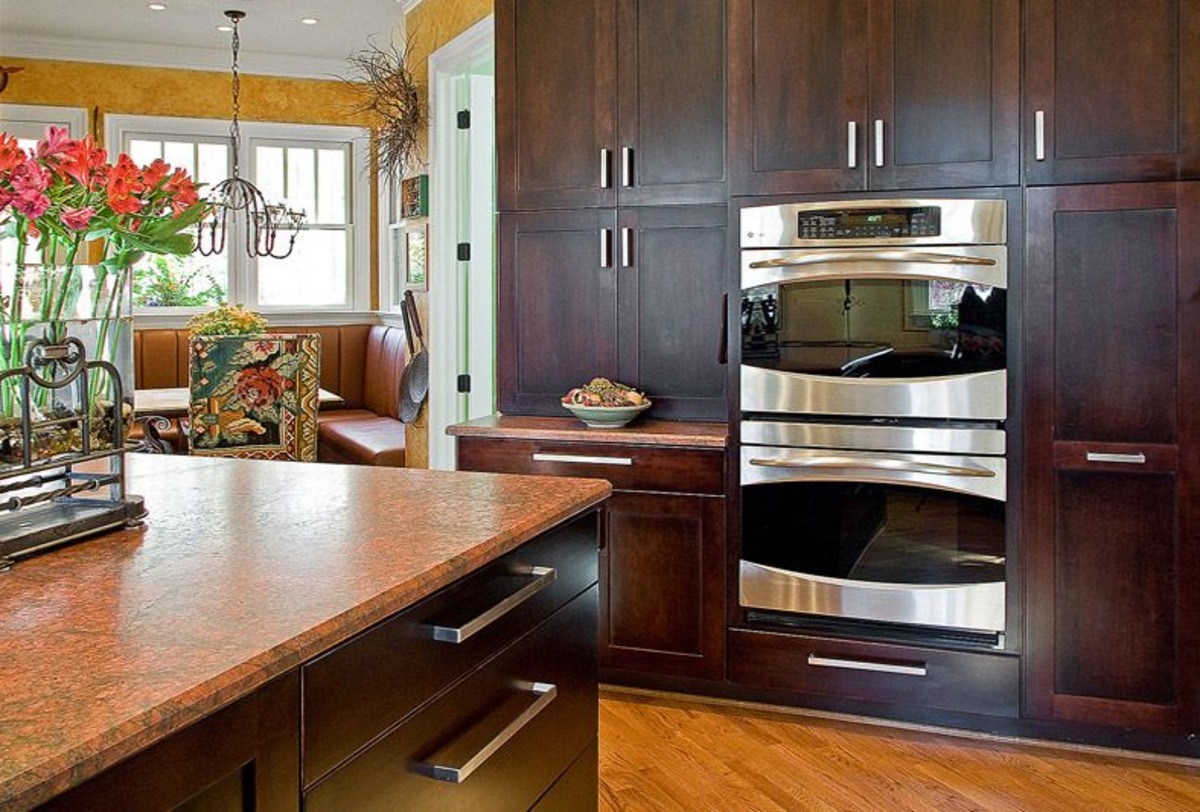
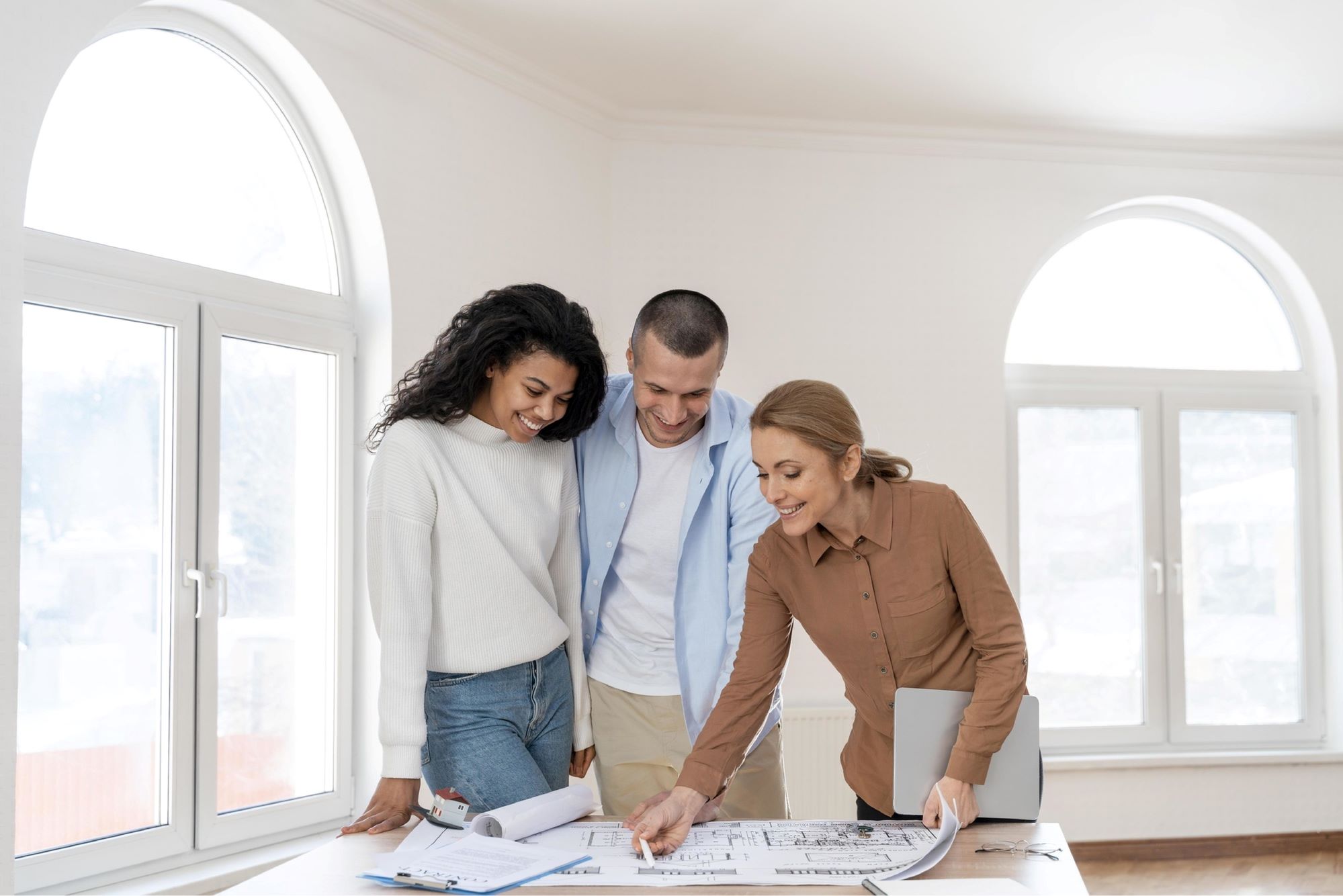
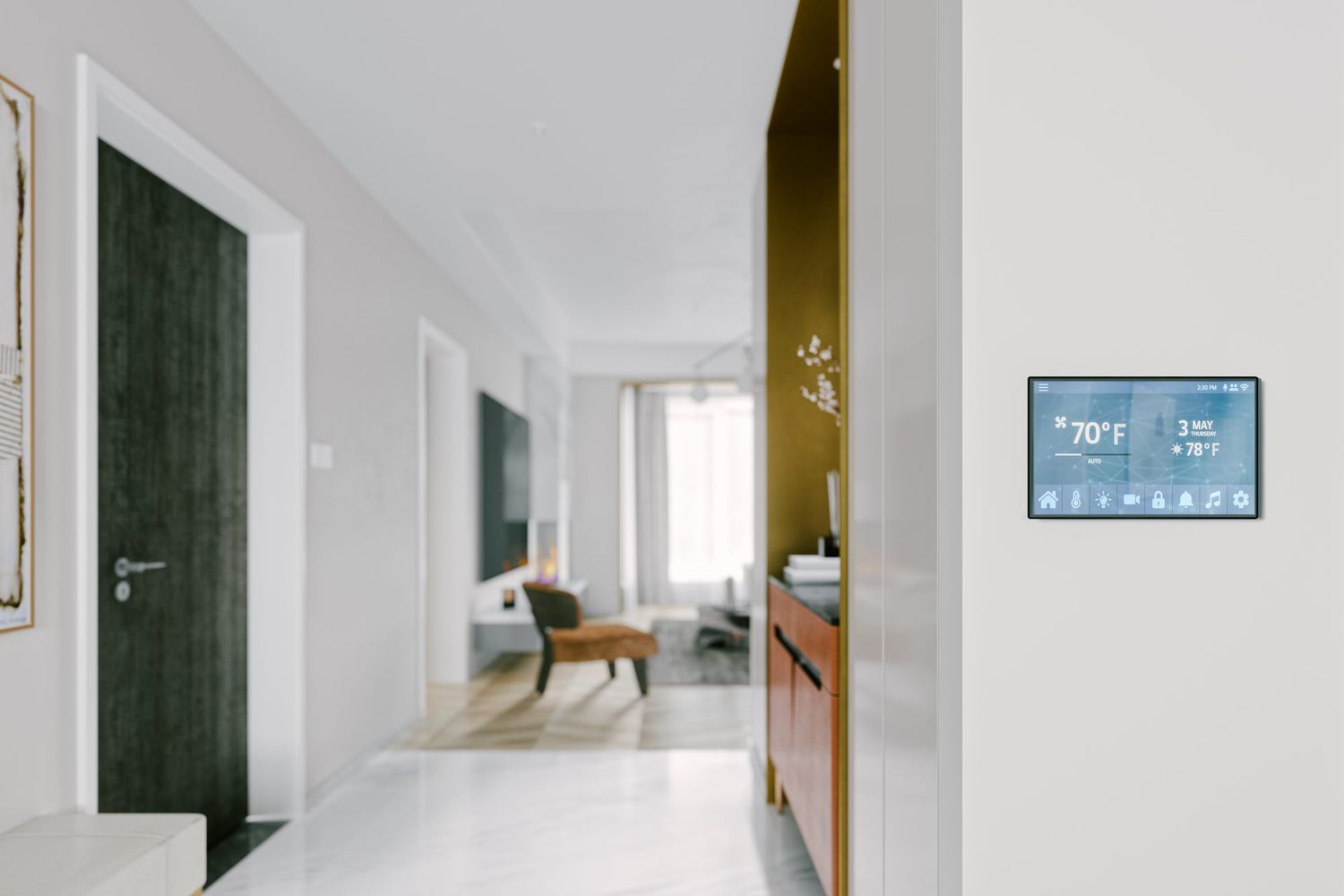
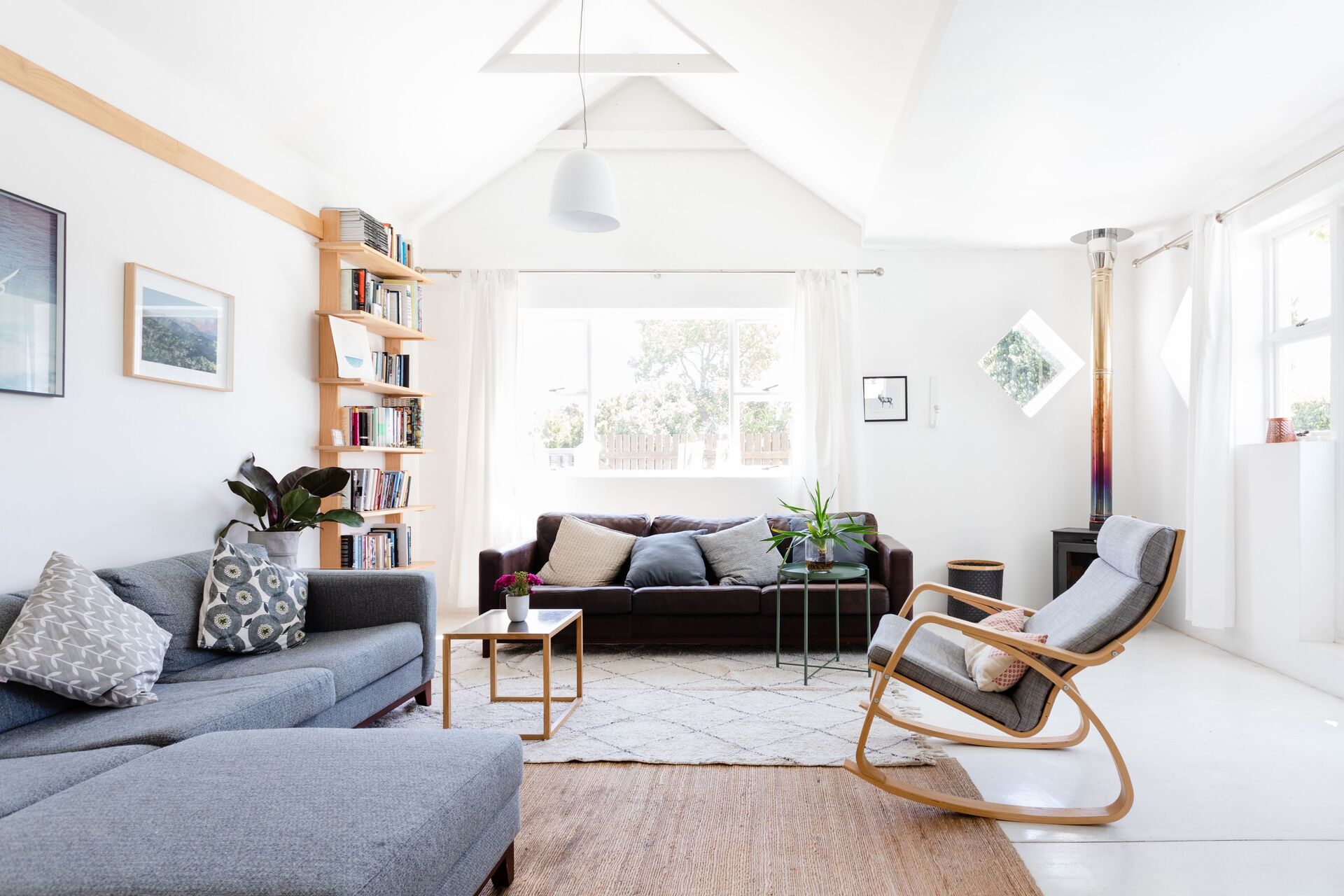
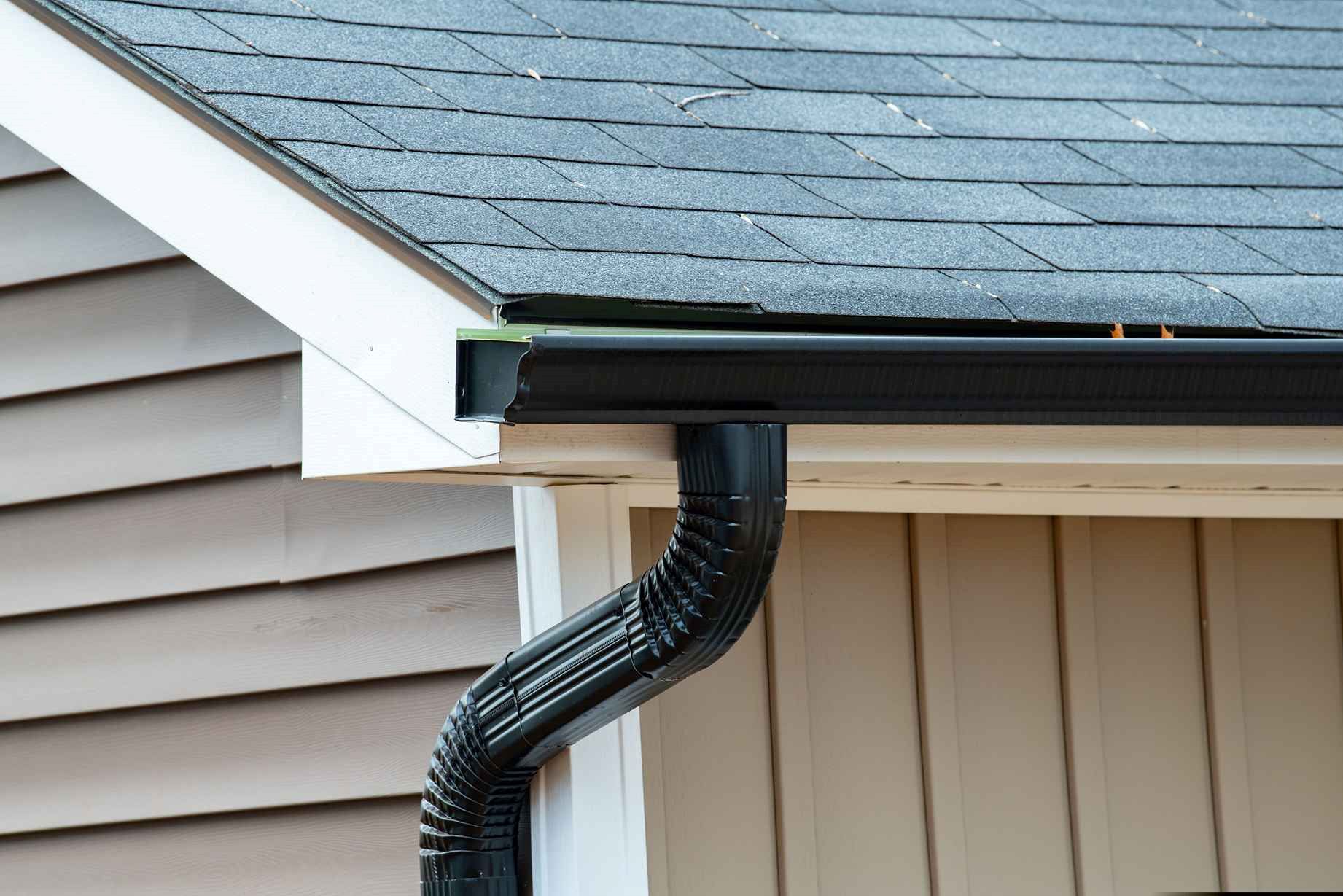
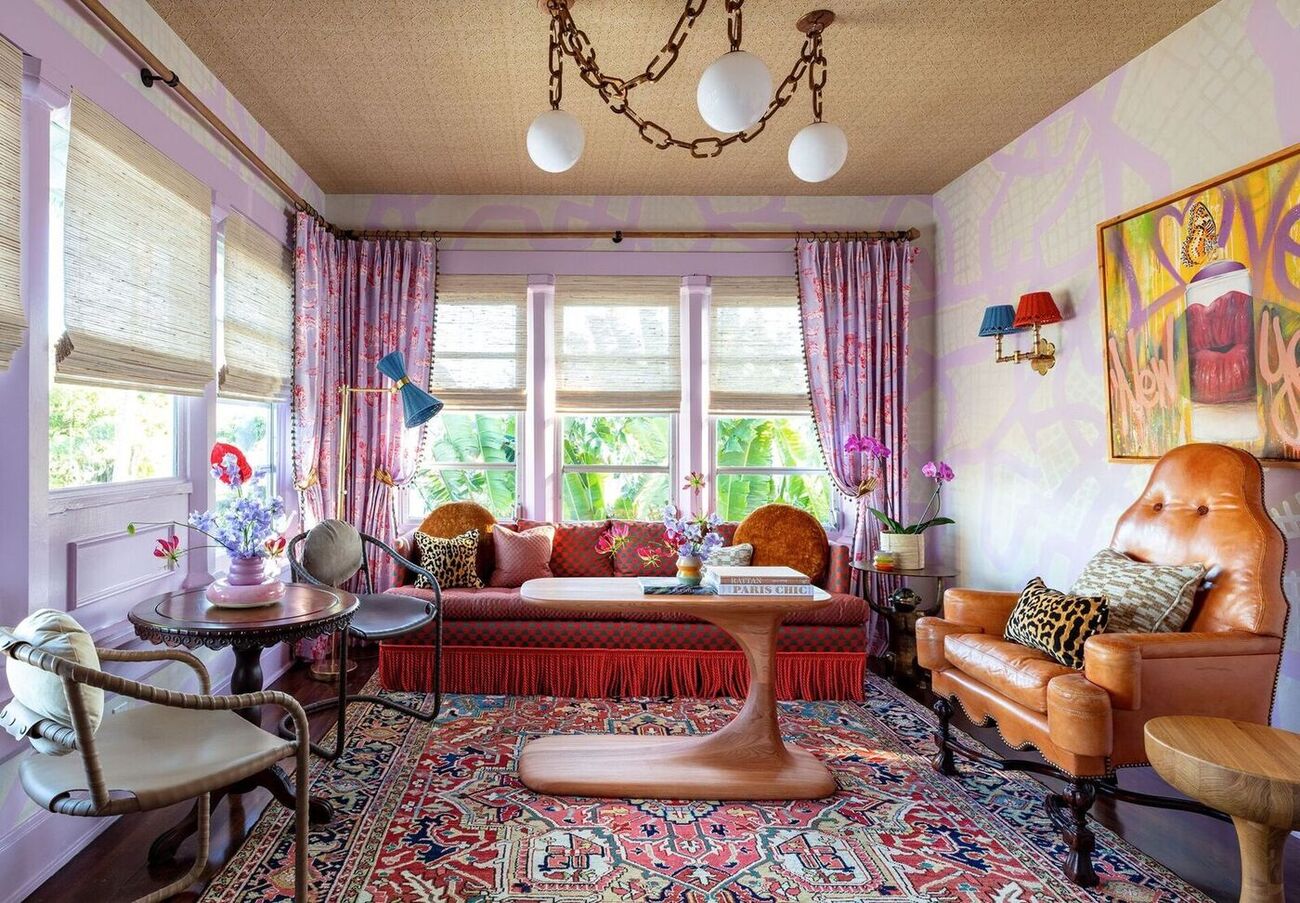
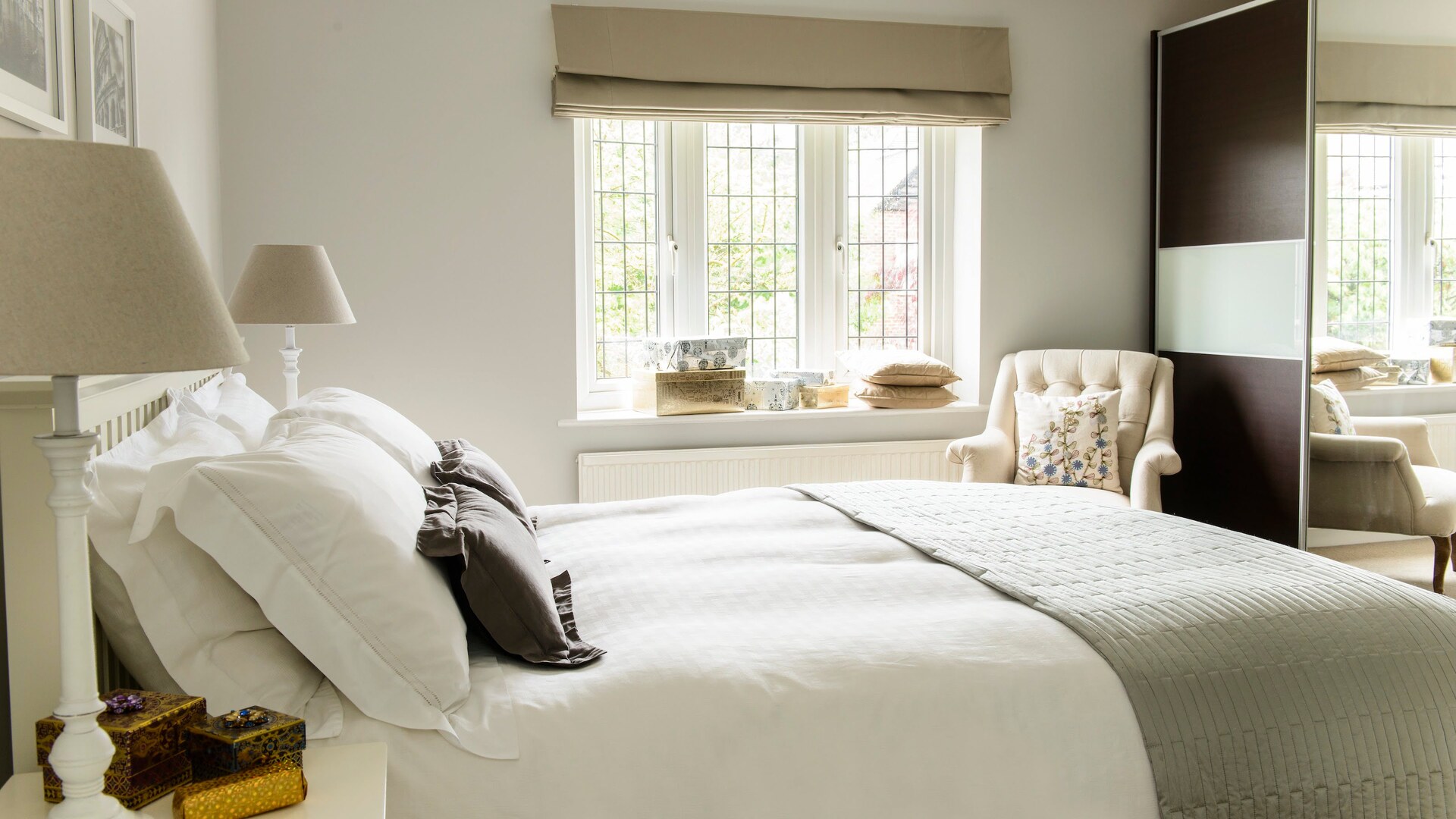


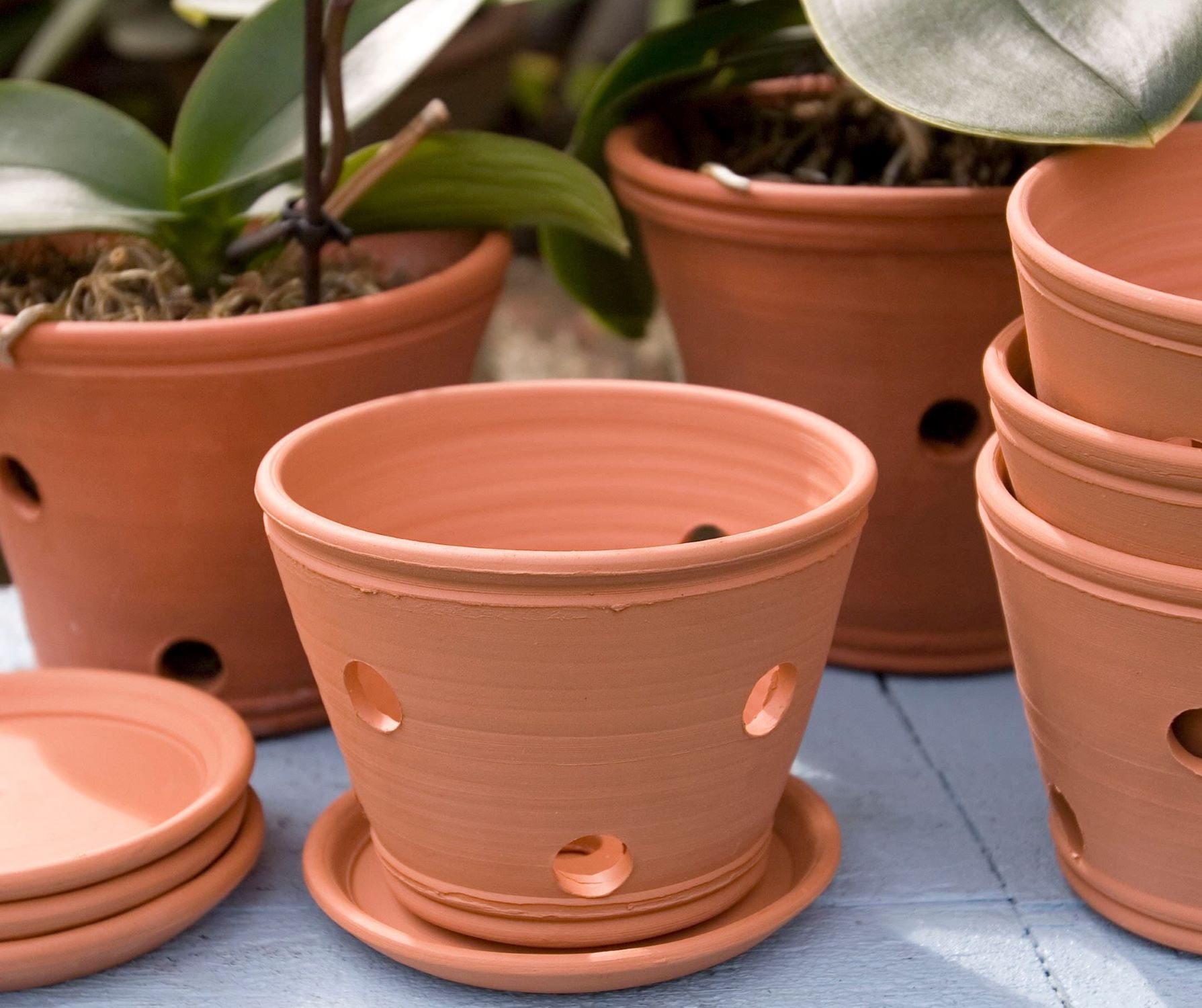




0 thoughts on “What Design Should My House Have”